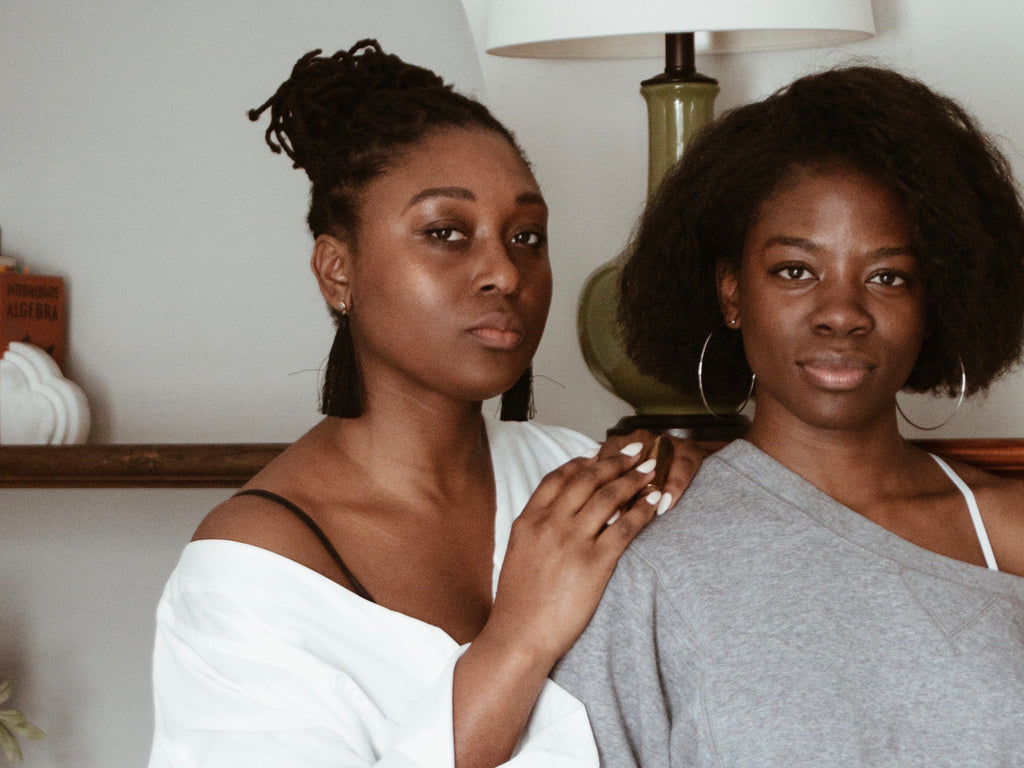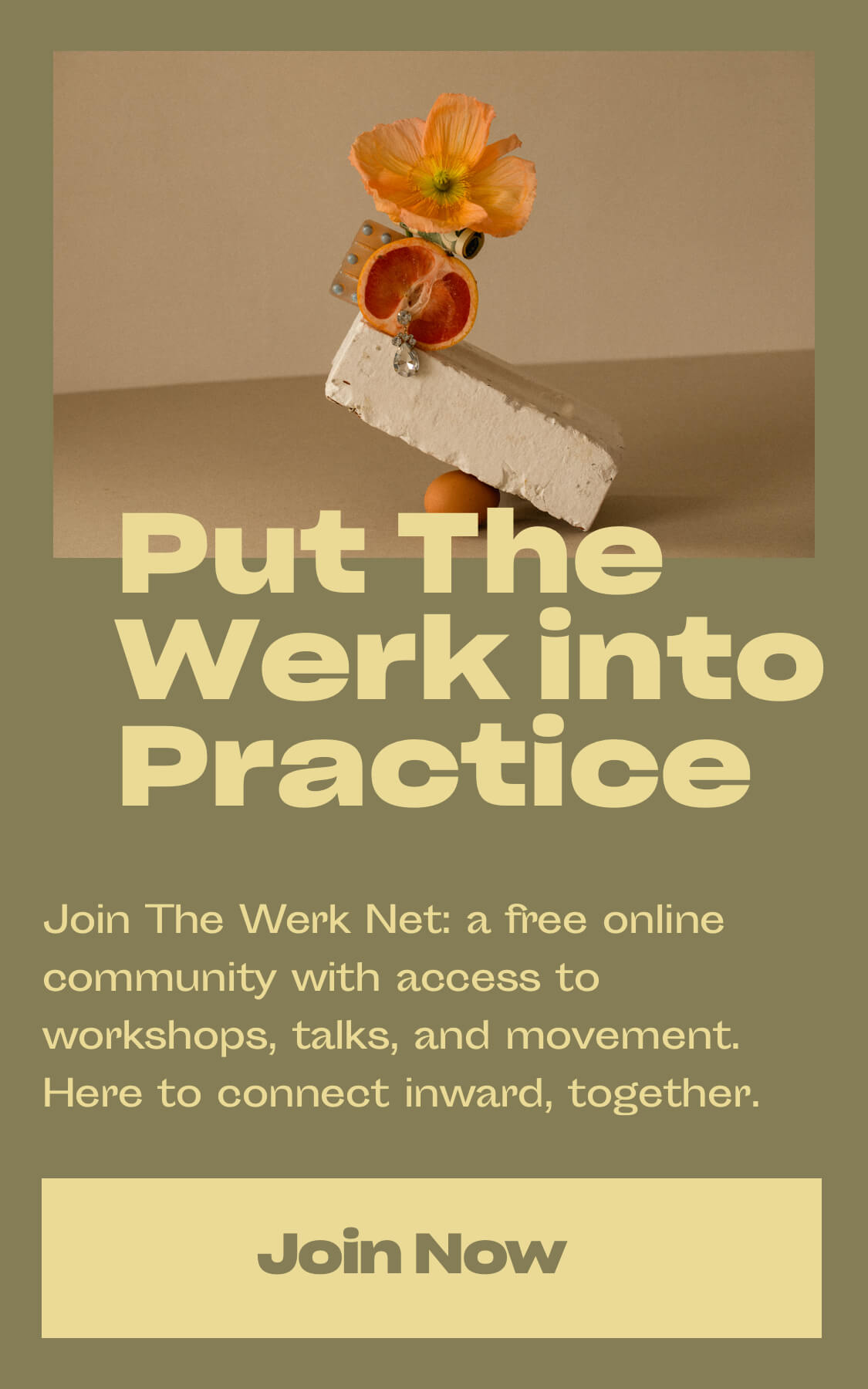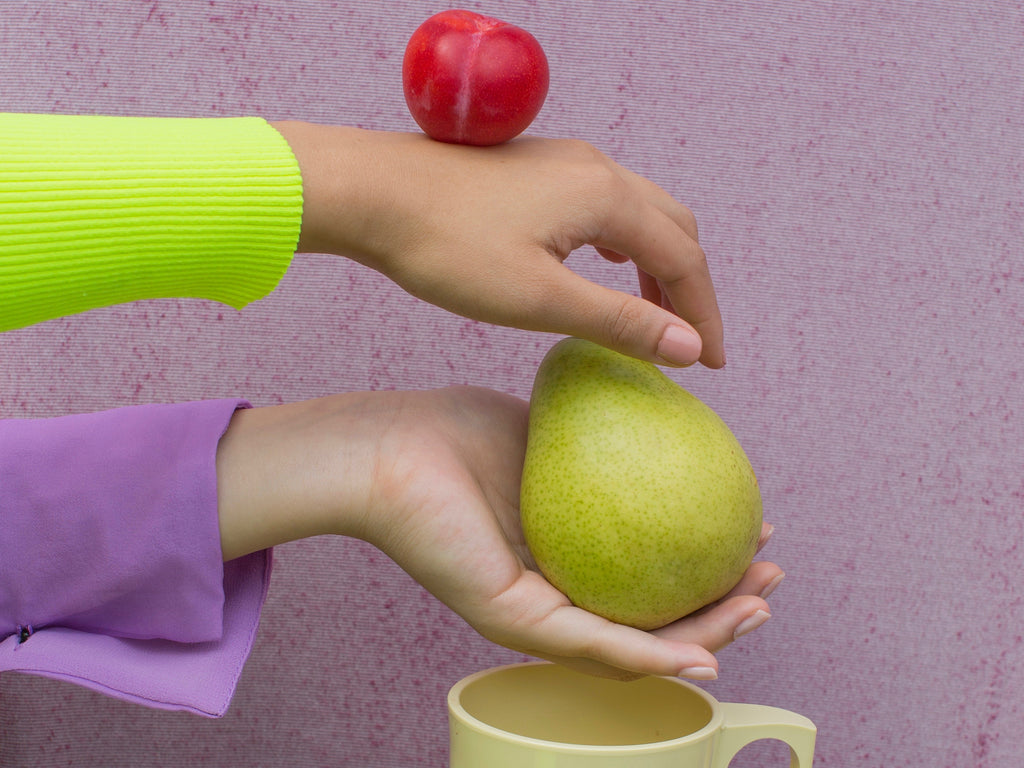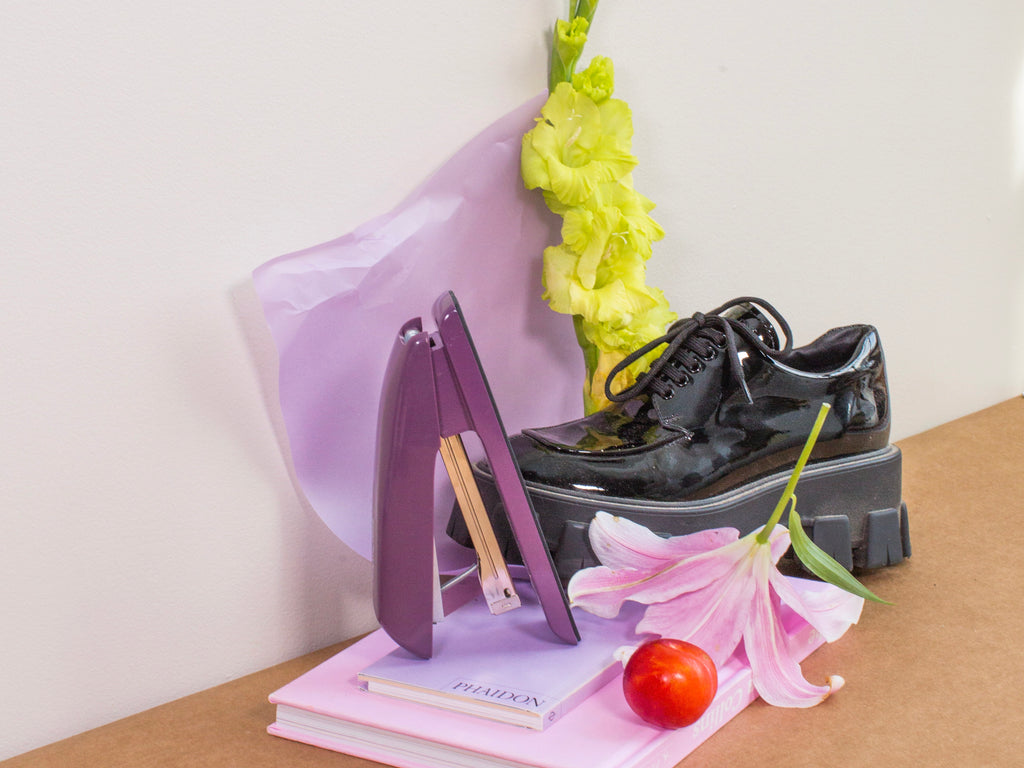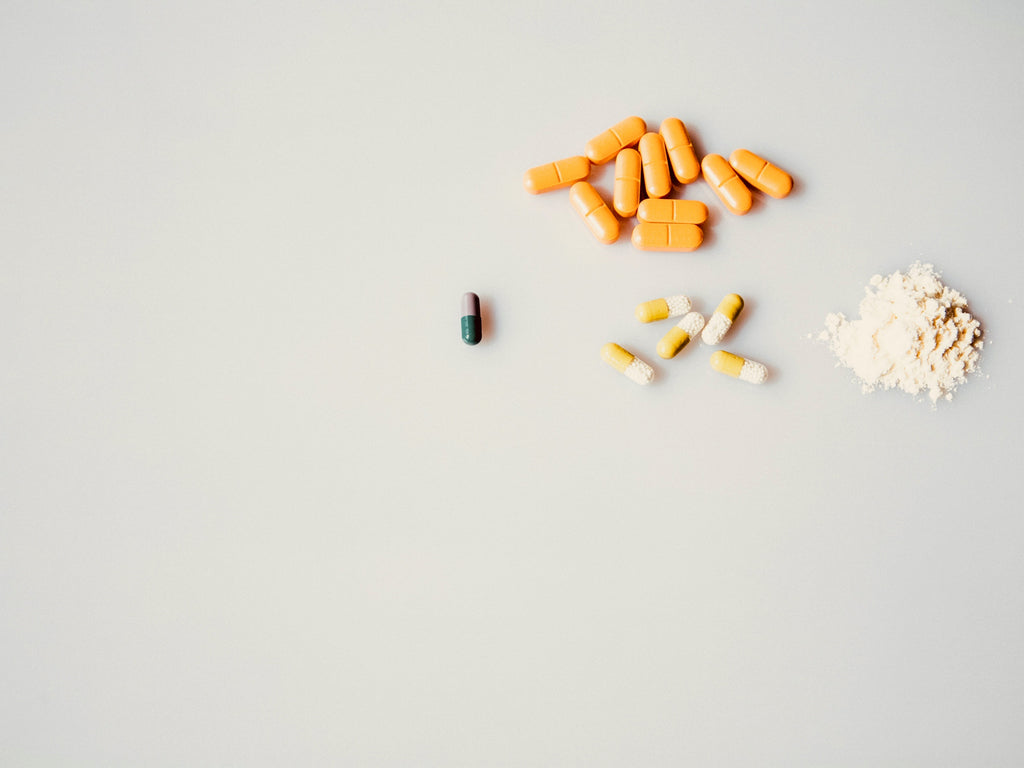Creating Value Through Community in the Face of COVID-19
Fearing for the safety of the Diné community in the face of COVID-19, a collective of women took the wellbeing of their people into their hands.
This content was developed in partnership with Conscious City Guide.
Less than a year before the COVID-19 pandemic hit the United States in full force, fashion designer, artist and Orenda Tribe founder Amy Yeung moved to Albuquerque, New Mexico, to begin the next chapter of her life. Her daughter, Lily, had graduated from high school and Yeung felt a calling to reintegrate into the tribe of her Diné birth mother. “I had a very privileged childhood because I was adopted at a young age,” she says. “My whole job coming back here is to elevate the youth of my tribe. I want to pass my skill set on to the younger generation.”
But shortly after Yeung’s return to New Mexico, COVID-19 devastated the Diné people living on Navajo Nation—the largest First Nations reservation in the U.S., which spans 27,000 square miles of land in New Mexico, Arizona and Utah. For a time, the reservation became the hardest hit region in the United States with more than 2,300 cases of COVID-19 per 100,000 people. The virus tore through multi-generational households, often resulting in the death of elders, and exacerbated domestic violence, food insecurity (the region is a food desert with only 13 grocery stores on a land mass the size of West Virginia) and the lack of infrastructure (one third of the population lives without electricity or running water).
“It was no surprise to me when the Trump administration delayed our aid,” says Yeung. “Historically, the government’s never been much help to the indigenous nations.” But instead of waiting for a miracle, Yeung and a group of concerned women banded together to create the Dził Asdzáán (Mountain Woman) Command Centre. “We are the matriarchs of our tribe,” says Yeung, “and we went into this pandemic with the knee-jerk reaction of wanting to protect our kids.”
Since April, they’ve worked together in a wide range of areas—think PPE production, hand sanitizer distribution, food funding (which even involved a livestreamed benefit concert co-hosted by Jewel), in-kind donation gathering and support for domestic violence shelters. “We’ve done so many different things, but we’re just following what happens with the virus,” Yeung says. “We’re very good at pivoting based on need.” And since they’re a grassroots organization with well-planned connections to supply chains, warehouses and transportation, they’re able to move quickly whenever funding comes in.
Perhaps part of the reason these matriarchs have been able to raise over $1.5 million in funds and in-kind donations in just four months is that they aren’t paralyzed by anger or sadness over the state of the world and the major inequities faced by their people. Instead, they act. “I’d rather focus on what I can do and what each of us can do as individuals to solve these problems that our communities have,” Yeung says. “The power of one, the power of a group, the power of like-minded people.”
For Yeung, and for so many other North Americans, the onset of the pandemic was a reminder of what is truly important in life. And she hopes this awakening transforms into meaningful change. “I think we all had that moment where we slowed down and questioned what was valuable to us,” says Yeung. “If you look forward, do you want to live in a more loving, caring community environment? I hope so. I hope people step it up. I hope they stop wasting their time. I hope they stop buying all sorts of things that are useless. Use your money to do something powerful.”
Want to help the Dził Asdzáán Command Centre create a surplus of PPE, feed the Diné children and work towards lasting change for the community? Here are Yeung’s answers to some of the questions you may have:
Why was Navajo Nation so heavily impacted by COVID-19?
“Imagine going through COVID-19 without being able to wash your hands or go on WI-FI to get the latest information. There’s a huge part of our tribe that lives off of dirt roads, off of small highways. Those are some of the areas that are hardest hit and that are most impoverished because of lack of job opportunities. They’re also often the areas with multi-generational families in the same household because of poverty and lack of housing. So when we got impacted by COVID-19, it would spread rapidly through the whole family. Then we have some of the worst pollutants—whether it be the San Juan Generating Station, uranium mining in the past or all of the oil and gas extraction—so there were already a lot of respiratory issues.”
What is the Dził Asdzáán Command Centre doing to support children during the pandemic?
“There are no free school lunches in July on Navajo Nation [since kids aren’t in the classroom]. Navajo Nation government didn’t do anything, so we decided to do food funding for the children in our schools and deliver food boxes. If they don’t go back to school in August, we’re going to try like hell to continue this program. We have up to 44 percent food insecurity on some of our areas on Navajo Nation [and Diné youth face high rates of diabetes, obesity and other health issues due to lack of available healthy food options.]
“We’re also in the process of working with Core Response on some great ideas around the mental health of our children. That’s an area with historic trauma. I’m really worried about increased rates of child suicide and depression because that was already a problem before the pandemic. It’s a huge concern going into the fall when the weather shifts. We want to be prepared.”
Click to donate to the Children of the Nááts'íilid (Rainbow) care kits for Diné youth.
How are domestic violence shelters on Navajo Nation being affected? How is the command centre helping?
“Of the eight domestic violence shelters and sexual assault centres of Navajo Nation, two of them are in critical need. We got a call that the Amá Dóó Áłchíní Bíghan (ADABI) shelter in Chinle, Arizona, had $128 in their bank account and were in desperate need because Navajo Nation hadn’t funded them in nine months. In the midst of a pandemic, they were having to do intake without any PPE. It’s a sheer miracle that we still have staff at that centre. I think we’re at about $80,000 in funding for them. But it’s all privately and crowd-funded. I don’t worry about what Navajo Nation is doing. All I can do as a concerned relative is do whatever I can with my skill set to help these women out, because they’re vital. The service they are giving to their community by protecting those most vulnerable during a pandemic is hero work.”
You can purchase from the ADABI collection on Orenda Tribe to directly support the ADABI shelter.

Photo courtesy of Orenda Tribe.
I want to be involved, but I can’t afford to donate. What can I do?
“Amplify so more people are aware of what’s going on. We want people to understand our culture and our nation. Or if you’re an artist, we have a Spread Love + Shine Light auction where you can donate pieces. We accept those things to sell with 100 percent of proceeds going back to the community.”
Photo courtesy of Amy Yeung.
This post is tagged as:
You may also like...
The Latest
People & Places
How Ara Katz is Redefining “Self-Care” as Rooted in Science with Seed
The co-founder, mother, and self-proclaimed serial entrepreneur unpacks her philosophy on what it means to be well. Ara Katz hates the word “success”. Not because of its listed definition in a di...
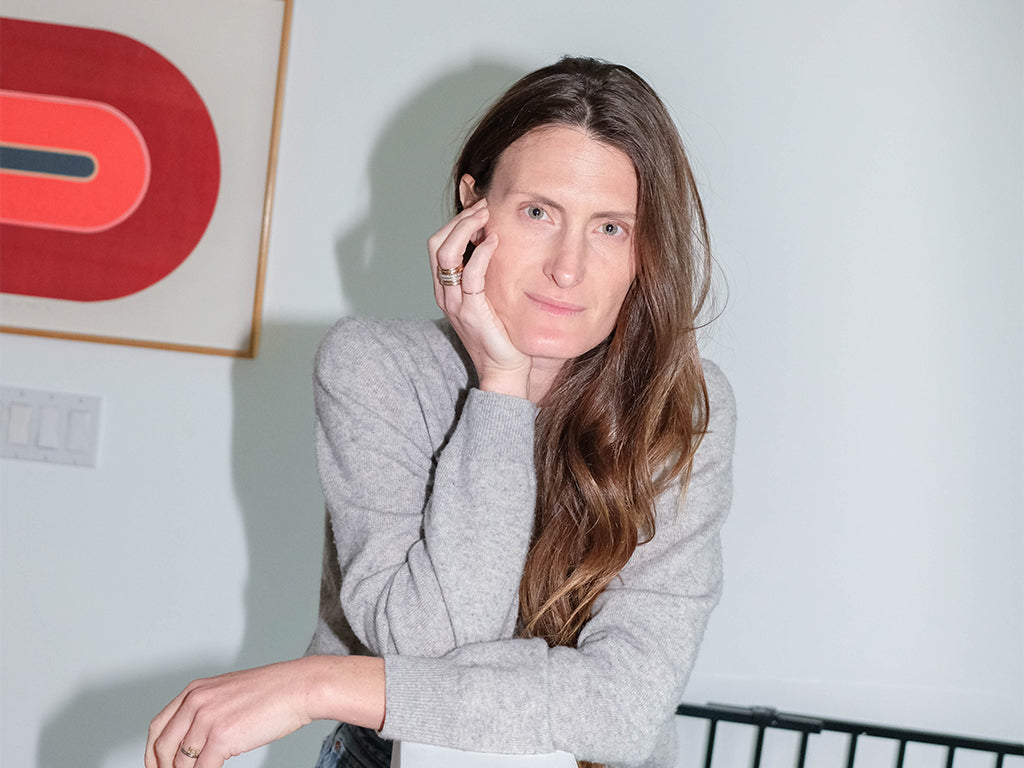
Do Good Werk
9 Passive-Aggressive Email Phrases That Are Basically Evil
A Rosetta Stone for every time you want to :’).
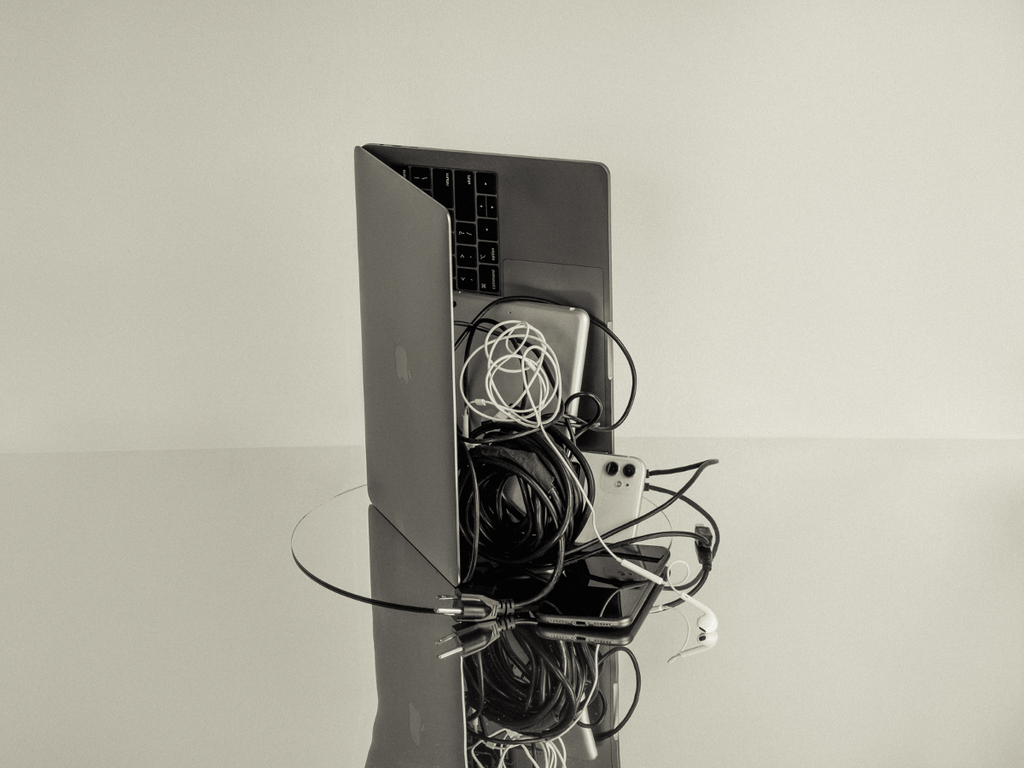
Woo Woo
Get to Know Your Astrological Birth Chart
How to find meaning in the stars — and what it means for you.
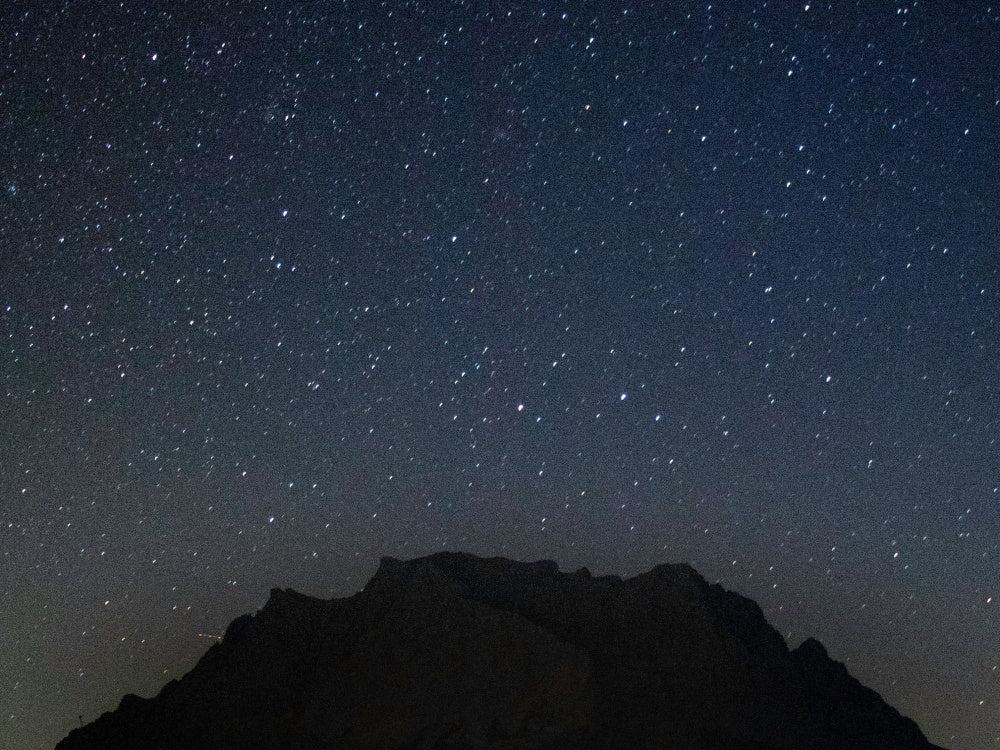
People & Places
The 5 Best Places In New York To Meet Your Next Investor
Where to rub shoulders with the city's movers and shakers.
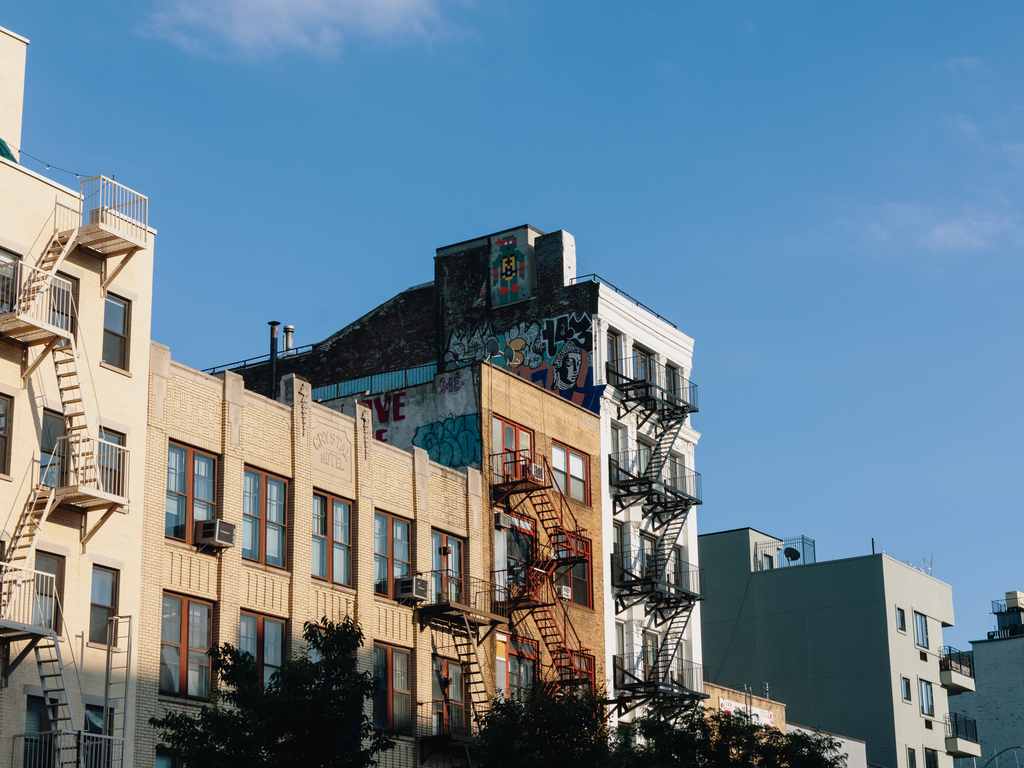
Do Good Werk
10 Unhealthy Thoughts You Convince Yourself Are True as a Freelancer
If you work alone, you might be particularly susceptible to distorted thoughts that hurt your mental health.
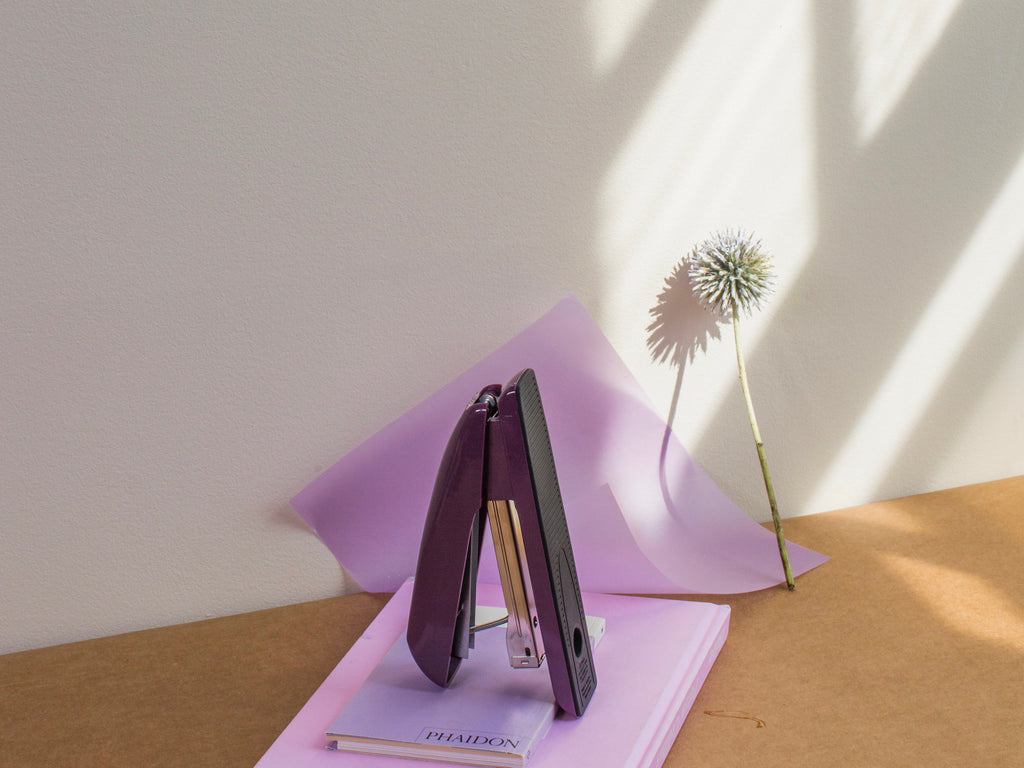
People & Places
Creating a Conference-Meets-Summer-Camp for Adult Creatives
An interview with Likeminds founders Rachael Yaeger and Zach Pollakoff This past September, I sat in front of an obituary I wrote for myself after a session with a death doula. No, I didn’t know w...
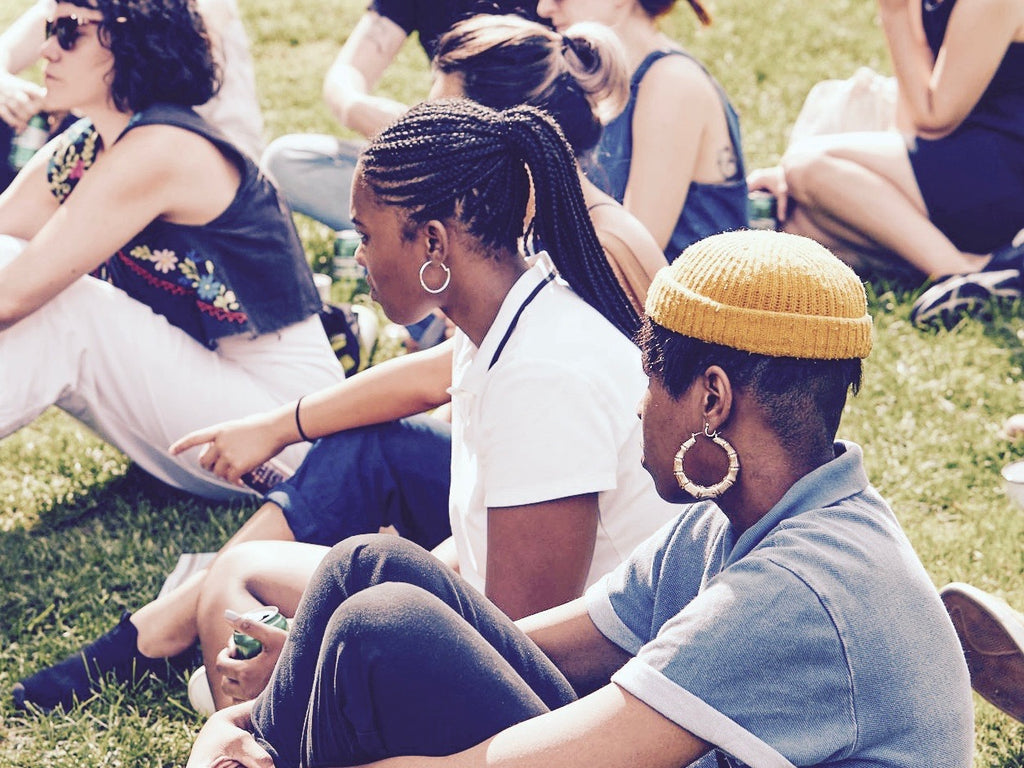
People & Places
When Something Golde Stays: An Interview with Golde’s Co-CEOs
“For us it was never a question,” says Issey Kobori, speaking of the decision to build a business with his partner Trinity Mouzon Wofford. At just shy of 27, Kobori and Wofford have secured a host ...
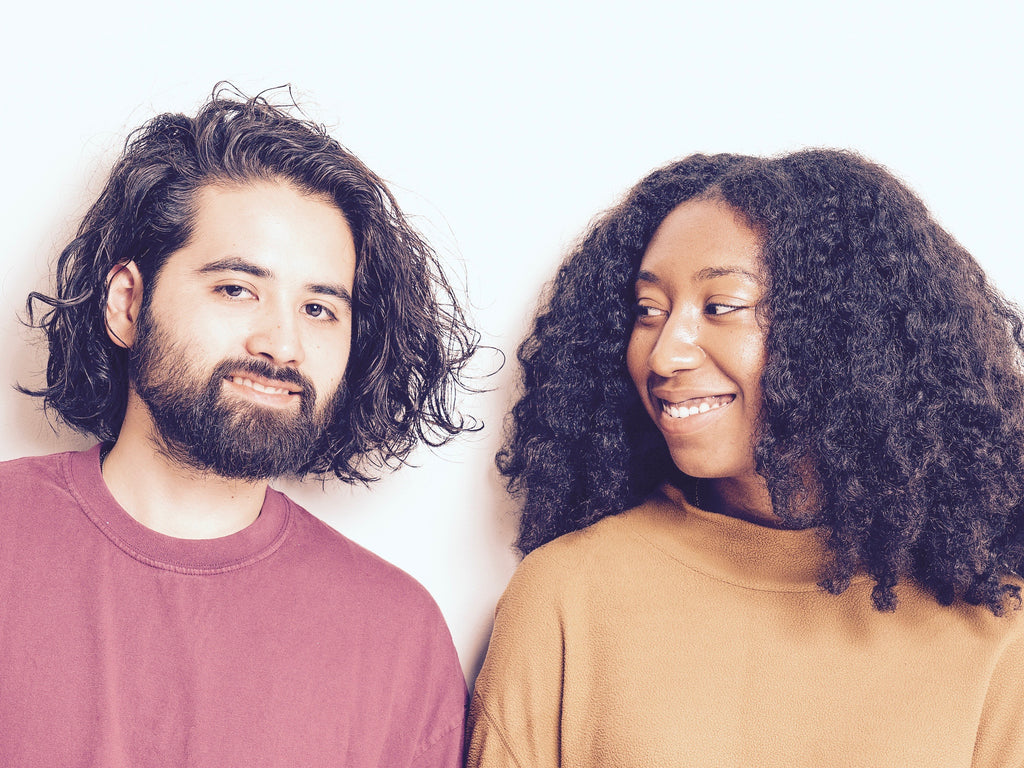
Better Yourself
Are They Toxic? Or Are They Human?
There’s a difference between putting up boundaries and putting up walls, and the latter is what breaks relationships.
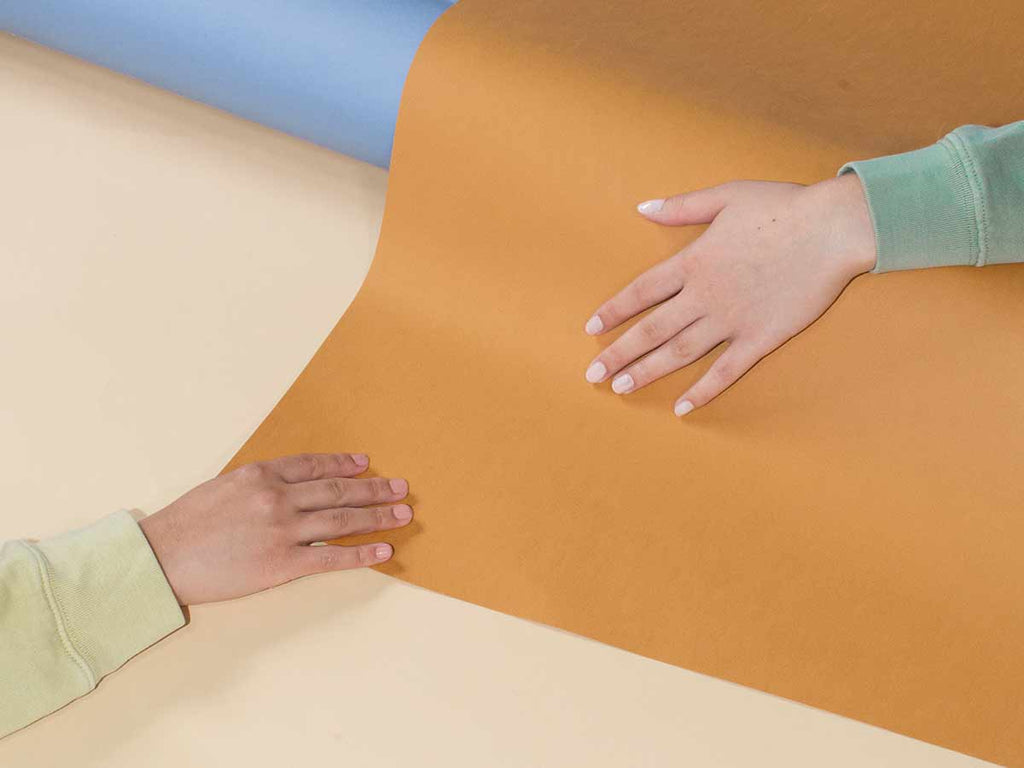
Do Good Werk
How To Combat Seasonal Affective Disorder At Work
Here’s what to do if seasonal affective disorder starts to take a toll at the office.
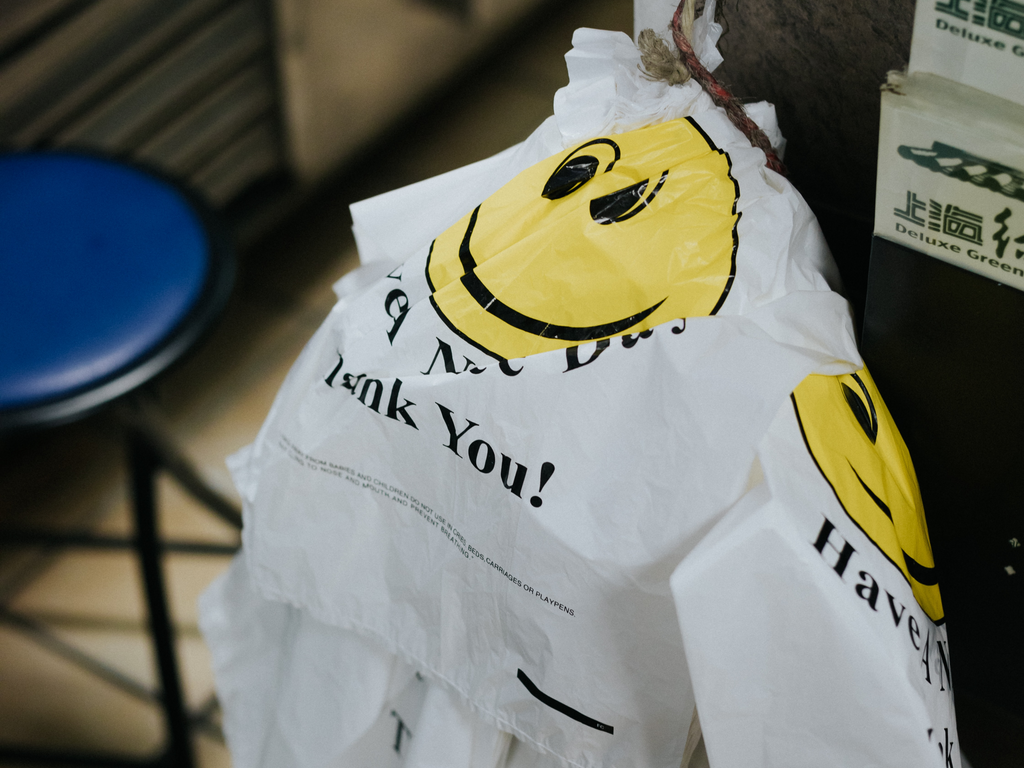
People & Places
Reclaiming Womxn's Wellness Spaces from a White-Dominated World
How The Villij built a collective that their community can connect to.
